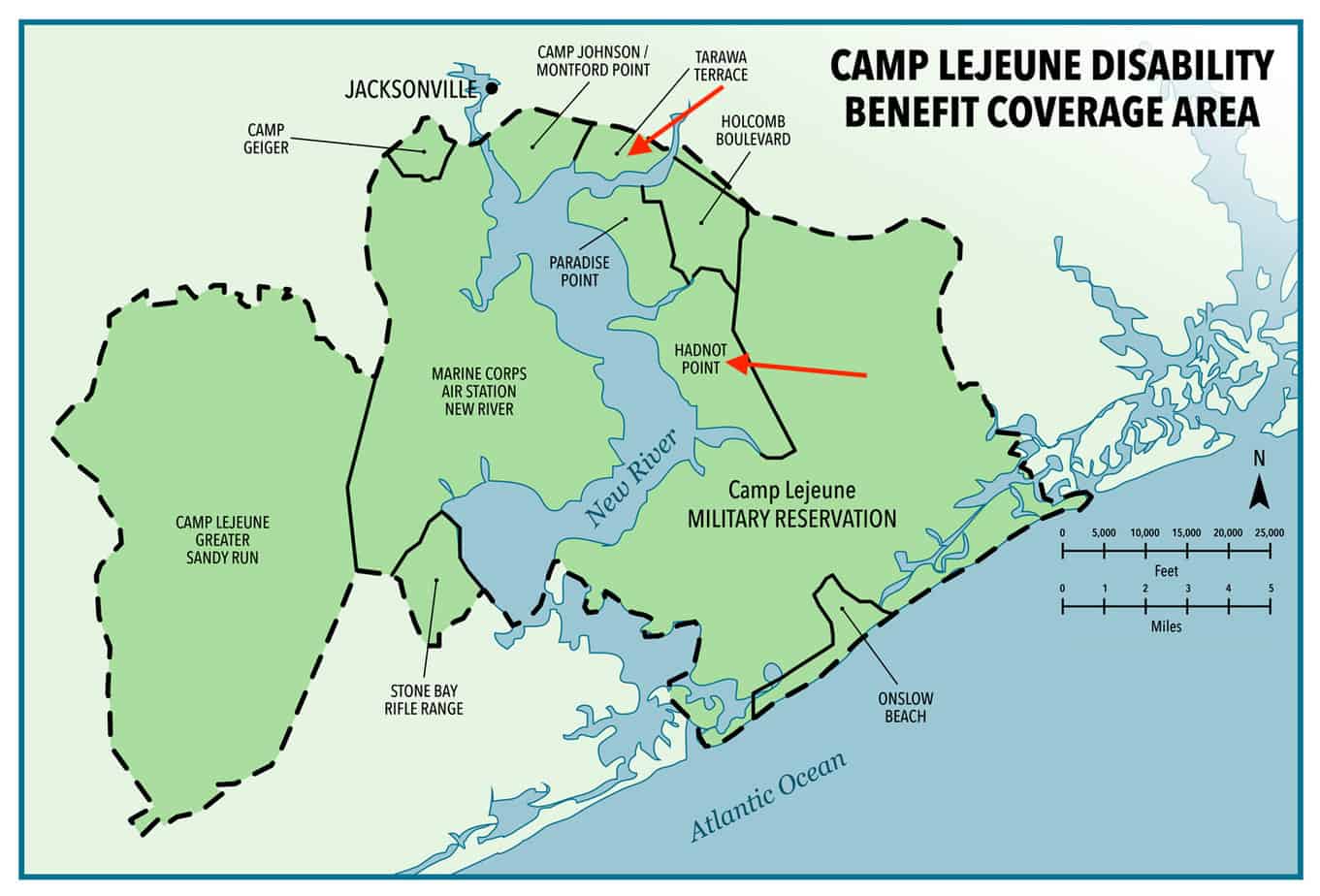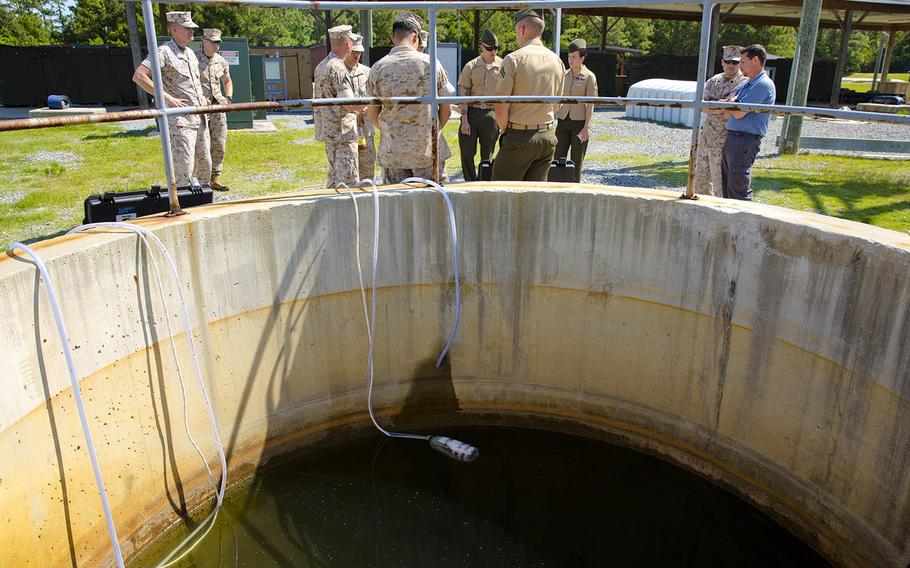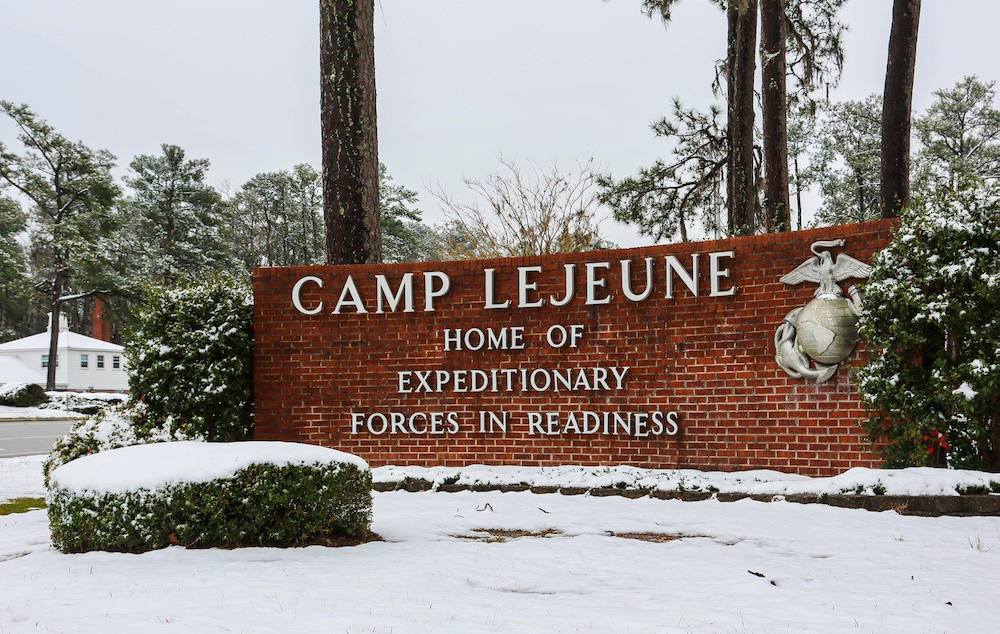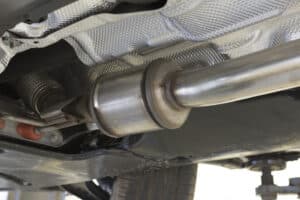Accidents are devastating, and motorcycle accidents are no exception. A lot is involved, from injuries to mental trauma to processing what just happened. And while you may be to blame the other party, get into an argument (worse, a fight) and make things ugly, there are other sensible things you could do. One of them is staying calm and taking pictures of the scene. But these aren’t enough. Read on to learn ten necessary steps to take after a motorcycle accident.
Check For Injuries
Get down from your vehicle and see if there’s a severe internal injury, like a broken bone or a head injury. If there are, call an ambulance right away. If it’s a minor injury like a bruise, you can stay at the spot and wait for the police or your lawyer to show up. Also, make sure other people around you are safe. If you see anyone with a more severe injury, help them or call for medical assistance.
Call a Personal Injury Lawyer
After you’ve ascertained that everyone is safe, the next step is to call a personal injury lawyer from a reputable firm like Bruning Law Firm.
They would be able to help you out with:
- Filing the police report: You might not know what information is necessary and what isn’t. A personal injury lawyer would know precisely what goes into a police report so you don’t accidentally leave something out.
- Calculate damages: The last thing you want is to be lowballed by the insurance company. Your lawyer would help you get the maximum compensation possible.
- Contacting your insurance company: You might not know what to say to them or how to get the insurance claim. A personal injury lawyer would take care of all that for you.
Get Appropriate Medical Attention
Even if you don’t think your injuries are severe, it’s always better to get them diagnosed by a medical professional. Some injuries, like concussions, might not show symptoms immediately. It’s better to be safe than sorry. In addition, getting a medical report would also help with your insurance claim.
Gather Evidence
This is where taking pictures comes in handy. Take pictures of the accident scene from different angles. Ensure to include pictures of any damage to your motorcycle and any injuries you might have sustained. If there are any skid marks on the road, take a picture. Finally, get footage of the accident if you have a GoPro or other action camera.
If any witnesses were at the scene, try to get their contact information. Their testimony might be helpful to later on.
Speak to the Police
The police will most likely show up at the accident site, especially if it is a major one. Give them a detailed account of what happened and answer their questions truthfully. It’s important not to speculate or guess what happened. Just give them the facts as you remember them.
Exchange Information with the Other Driver
Get the other driver’s name, contact information, insurance company, and policy number. If they refuse to give you this information, call the police.
Also, make sure you keep these tips in mind when talking to them:
- First, maintain a calm tone: Don’t argue with the other driver. It will only worsen things and could potentially be used against you later.
- Don’t apologize: Even if you think you might be at fault, don’t apologize. These words could be used as an admission of guilt later on.
- Don’t sign anything: The other driver’s insurance company might try to get you to sign a release form. This would make it harder for you to get the compensation you deserve later.
Keep Quiet
This step is for your good. Once you’ve exchanged information with the other driver and spoken to the police, it’s best to keep quiet about the accident. Don’t post anything about it on social media or talk to anyone else about it until you’ve spoken to your lawyer.
Final Word
It might not be easy to think straight after a motorcycle accident. However, we hope the above tips will help you take the right steps and get the compensation you deserve if you weren’t at fault.








